Everest Base Camp Trek: Your Ultimate Guide to Conquering the World's Most Iconic Trail (2025/2026)
Standing in the shadow of Mount Everest, the world's highest peak, is a dream for adventurers and mountain lovers across the globe. The Everest Base Camp (EBC) trek is more than just a hike; it's a pilgrimage to the heart of the Himalayas, a journey through breathtaking Sherpa villages, ancient monasteries, and dramatic landscapes of towering ice giants and Khumbu glacier. This iconic trail in Nepal offers a profound sense of accomplishment and an unparalleled connection with nature and culture.
Whether you're an experienced trekker or a determined novice with a good level of fitness, reaching Everest Base Camp is an achievable goal. This ultimate guide for 2025/2026 will provide you with everything you need to know to plan, prepare for, and successfully complete your EBC trek, creating memories that will last a lifetime.
Why Trek to Everest Base Camp? The Allure of EBC
- Stand Face-to-Face with Giants: Witness awe-inspiring, up-close views of Mount Everest (8,848.86m), Lhotse, Nuptse, Ama Dablam, and many other Himalayan peaks.
- Immersive Sherpa Culture: Journey through traditional Sherpa villages like Namche Bazaar and Khumjung, experience their unique Buddhist culture, and visit ancient monasteries like Tengboche.
- Breathtaking Scenery: From lush Dudh Koshi river valleys and rhododendron forests to stark alpine terrain and the formidable Khumbu Icefall.
- Sense of Accomplishment: Reaching Everest Base Camp (5,364m) and hiking to Kala Patthar (5,545m-5,643m for sunrise/sunset views of Everest) is a significant personal achievement.
- Global Trekking Community: Meet and bond with fellow trekkers from all over the world.
EBC Trek: Quick Facts Overview
- Duration: Typically 12-16 days (including acclimatization and travel to/from Lukla).
- Maximum Elevation: Kala Patthar (approx. 5,643m / 18,514 ft) for the best Everest views; EBC itself is 5,364m / 17,598 ft.
- Difficulty: Challenging (due to altitude and daily trekking duration). Requires good physical fitness.
- Best Seasons: Spring (March-May) for blooming rhododendrons and clear skies; Autumn (September-November) for stable weather and excellent visibility.
- Starting/Ending Point: Lukla (after a flight from Kathmandu or Ramechhap).
Planning Your Everest Base Camp Trek: The Essentials
-
Choosing the Right Season:
- Spring (Mar-May): Warmer temperatures, rhododendrons in bloom, generally good visibility. Can be hazy at lower elevations. Pre-monsoon showers possible in late May.
- Autumn (Sep-Nov): Considered the best season with stable weather, clear blue skies, and excellent mountain views. Can get crowded.
- Winter (Dec-Feb): Very cold, snow possible on trails, but clear skies and fewer trekkers. Requires excellent gear and preparation.
- Monsoon (Jun-Aug): Rainy, cloudy, leeches, flight disruptions to Lukla. Generally not recommended.
-
Permits and Regulations:
- Sagarmatha National Park Entry Permit: Required as the trek lies within this UNESCO World Heritage Site.
- Khumbu Pasang Lhamu Rural Municipality Entrance Permit: Obtained in Lukla or Monjo.
- (TIMS card is generally no longer required for the Everest region if you have the municipality permit, but always double-check the latest regulations).
-
Hiring a Licensed Guide and/or Porter:
- Highly Recommended: While independent trekking is possible, a guide enhances safety, navigation, and cultural understanding. Porters carry your main pack, making the trek much more enjoyable.
- Benefits: Local expertise, emergency assistance, support for the local economy.
- Choose reputable, government-licensed guides and ensure fair wages and conditions for porters.
-
Travel Insurance:
- Absolutely Essential: Must cover high-altitude trekking (up to 6,000m) and emergency helicopter evacuation. Medical facilities are limited on the trail.
-
Physical Preparation & Training:
- Start training at least 2-3 months in advance.
- Focus on cardiovascular fitness (hiking, running, cycling, swimming), strength training (legs, core), and endurance.
- Practice hiking on varied terrain with a weighted backpack if possible.
Typical EBC Trek Itinerary (Example 12-14 Days)
- Day 1: Arrival in Kathmandu (1,400m). Trek briefing and gear check.
- Day 2: Fly from Kathmandu to Lukla (2,860m), trek to Phakding (2,610m) – Approx. 3-4 hours.
- Day 3: Trek from Phakding to Namche Bazaar (3,440m) – Approx. 5-7 hours. (Gateway to Everest)
- Day 4: Acclimatization Day in Namche Bazaar. Hike to Everest View Hotel (3,880m) or Khumjung/Khunde villages.
- Day 5: Trek from Namche Bazaar to Tengboche (3,860m) – Approx. 5-6 hours. (Visit Tengboche Monastery)
- Day 6: Trek from Tengboche to Dingboche (4,410m) – Approx. 5-6 hours.
- Day 7: Acclimatization Day in Dingboche. Hike to Nagarjun Hill (5,100m) or Chhukung Valley.
- Day 8: Trek from Dingboche to Lobuche (4,940m) – Approx. 5-6 hours.
- Day 9: Trek from Lobuche to Gorak Shep (5,164m), then hike to Everest Base Camp (5,364m) and return to Gorak Shep – Approx. 7-8 hours.
- Day 10: Hike from Gorak Shep to Kala Patthar (5,545m-5,643m) for sunrise views of Everest, then trek down to Pheriche (4,371m) – Approx. 7-8 hours.
- Day 11: Trek from Pheriche to Namche Bazaar – Approx. 6-8 hours.
- Day 12: Trek from Namche Bazaar to Lukla – Approx. 6-8 hours.
- Day 13: Fly from Lukla to Kathmandu.
- Day 14: Departure from Kathmandu. (Note: This is a common itinerary; variations exist. Adding more acclimatization days is often wise.)
What to Expect on the EBC Trail:
- Teahouse Accommodation: Basic twin-sharing rooms, shared bathrooms. Common dining area with a stove for warmth. Bring a good sleeping bag.
- Food and Water: Dal Bhat is the staple. Menus also offer noodles, momos, pasta, potatoes, eggs, soup, porridge. Bottled water is expensive and discouraged (environmental reasons); use purification tablets or a filter for tap/spring water.
- Altitude Sickness (AMS): A serious risk. Symptoms include headache, nausea, dizziness, fatigue. Prevention: ascend slowly ("Climb high, sleep low" on acclimatization days), stay hydrated, avoid alcohol. If symptoms worsen, descend immediately.
- Terrain and Difficulty: Trails are generally well-maintained but can be rocky, steep, and uneven. The main challenge is the altitude.
- Daily Trekking Hours: Typically 4-8 hours, depending on the day and your pace.
Essential Gear List for EBC Trek:
- Bags: Duffel bag (for porter), comfortable daypack (25-35L).
- Clothing: Layering is key – thermal base layers, trekking shirts, fleece jacket, down jacket, waterproof/windproof jacket & pants, trekking trousers & shorts, hats (sun, warm), gloves.
- Footwear: Broken-in trekking boots (waterproof, ankle support), comfortable camp shoes/sandals, trekking socks (wool).
- Sleeping: Four-season sleeping bag (-10°C to -20°C comfort rating).
- Gear: Trekking poles, headlamp, sunglasses (UV protection), water bottles/hydration pack, water purification, first-aid kit, toiletries, sunscreen, lip balm.
- Documents & Money: Passport, visa, permits, insurance details, cash (ATMs are scarce and unreliable higher up).
Approximate Cost of EBC Trek: Costs vary widely based on solo vs. group, guide/porter, agency, comfort level.
- Permits: ~$50-60 USD.
- Flights (KTM-Lukla-KTM): ~$350-400 USD.
- Guide: ~$25-35 USD/day.
- Porter: ~$20-25 USD/day.
- Food & Accommodation: ~$30-50 USD/day on the trek. (These are rough estimates for 2025 and can change.)
Responsible Trekking in the Everest Region:
- Leave No Trace: Pack out all your trash. Avoid single-use plastics.
- Respect Local Culture: Dress modestly, ask permission before taking photos of people or religious sites. Learn a few basic Nepali phrases.
- Support Local Economy: Stay in local teahouses, buy local products (but avoid endangered animal products).
- Stay on Trails: To prevent erosion.
Conclusion: An Adventure of a Lifetime
The Everest Base Camp trek is more than just a walk in the mountains; it's a journey of self-discovery, cultural immersion, and witnessing the raw power and beauty of the world's highest peaks. With proper planning, preparation, and a spirit of adventure, reaching the base of Sagarmatha (the Nepali name for Everest) is an experience that will etch itself into your memory forever.
Ready to embark on your own Everest Base Camp adventure? HillyChilly.com offers expertly guided EBC treks, ensuring your safety, comfort, and an authentic Himalayan experience. Plus, imagine future EBC treks with unique AR challenges from HillyChilly, where your achievements earn you Baakhapaa points! Plan your journey with us today!
Have questions about the EBC trek? Ask in the copmments below.

Your complete guide to the Everest Base Camp (EBC) trek in Nepal! Get detailed itinerary, packing list, cost, permit info, altitude tips & more for your 2025/2026 adventure.
Hilly Chilly


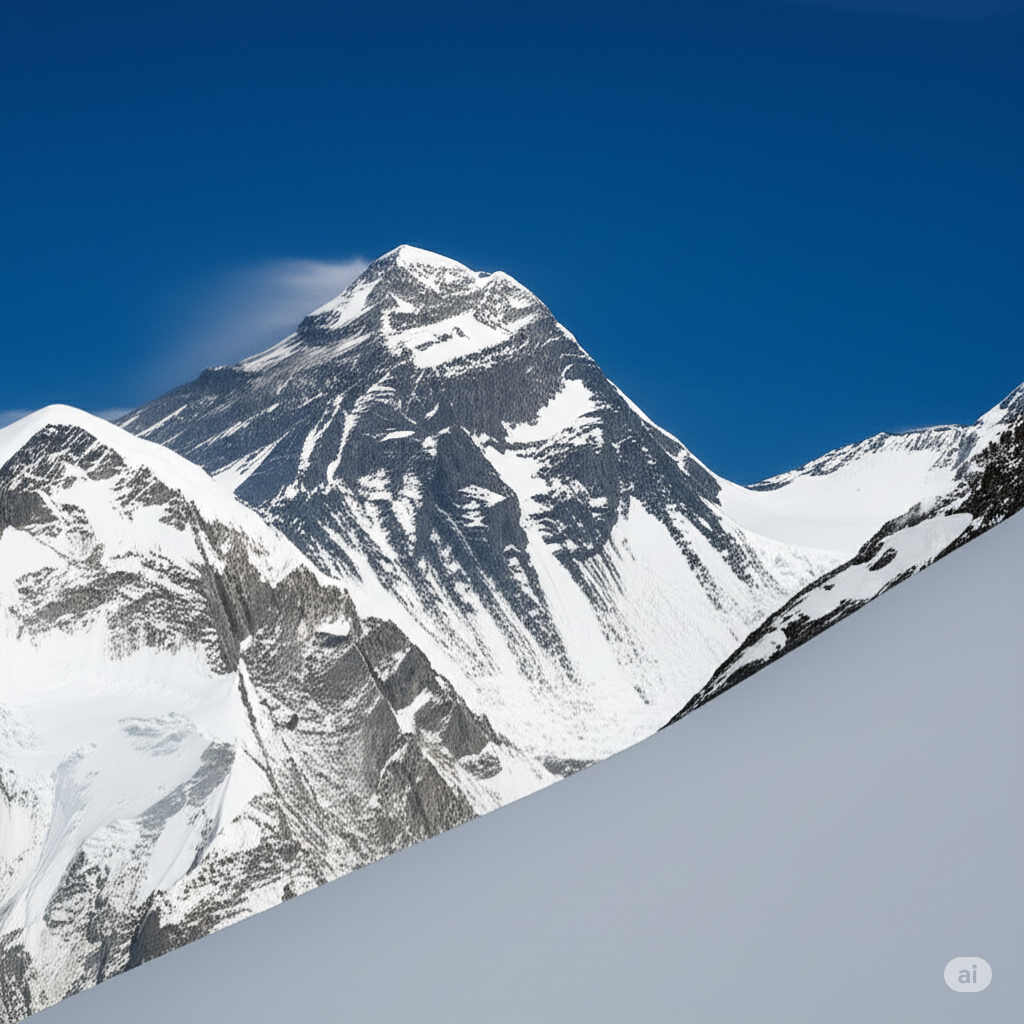
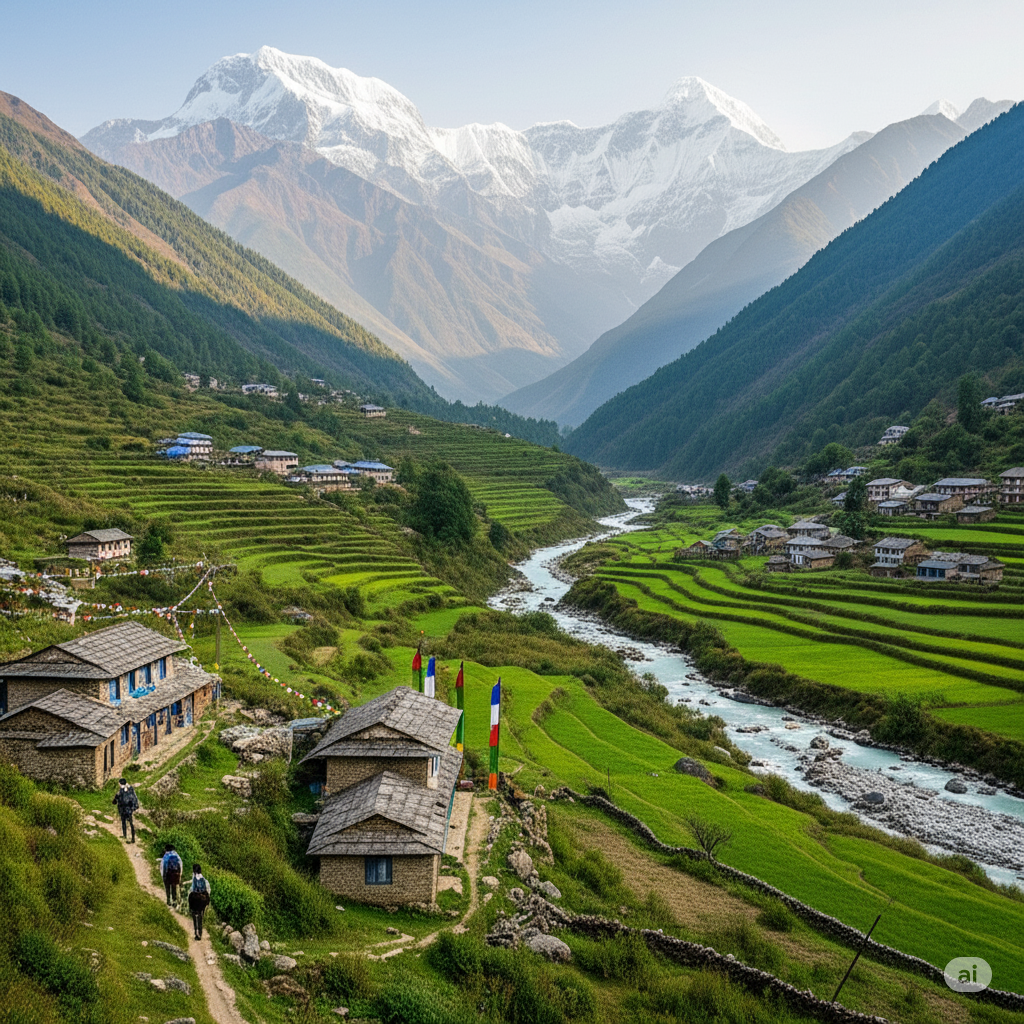
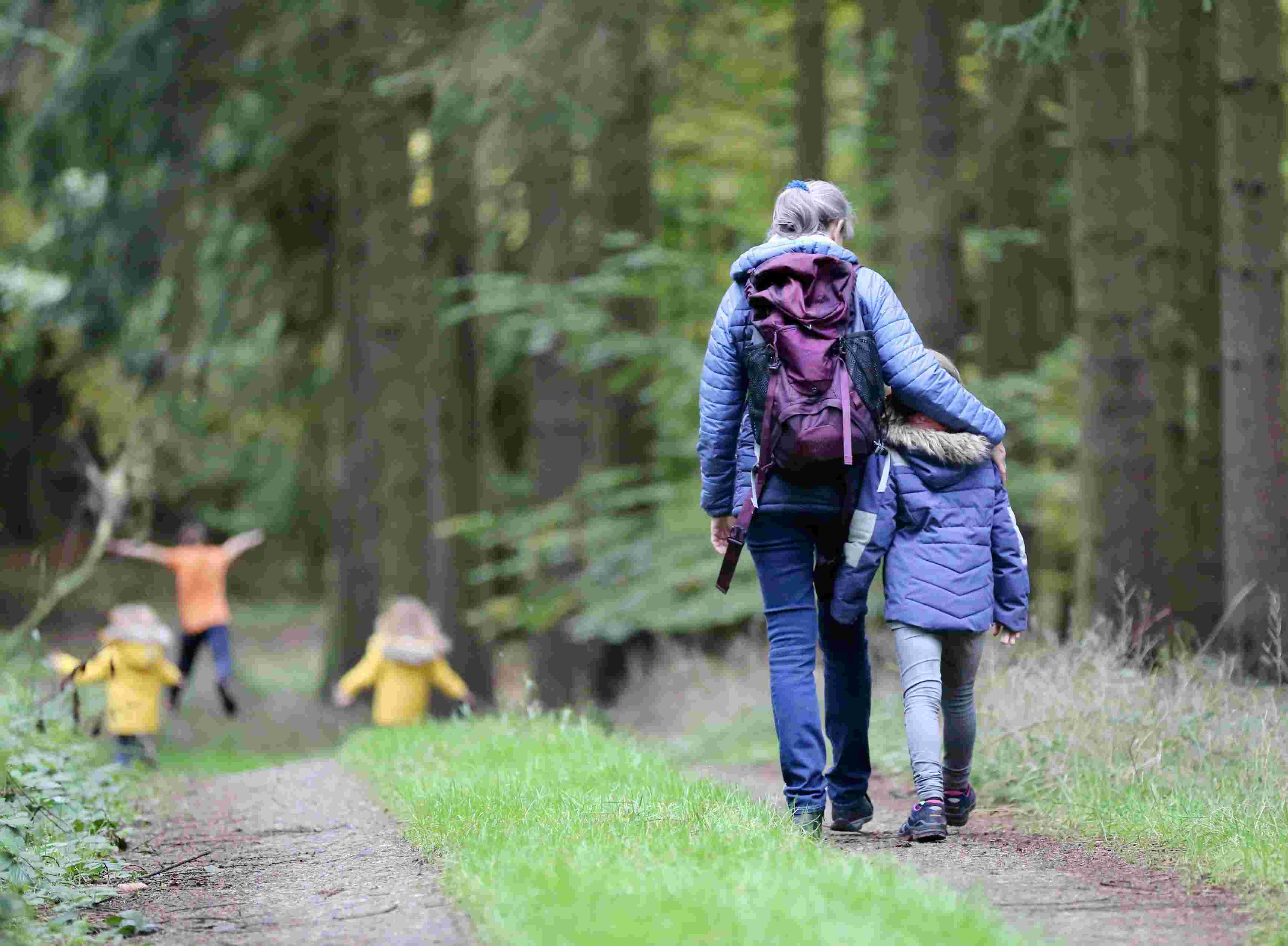



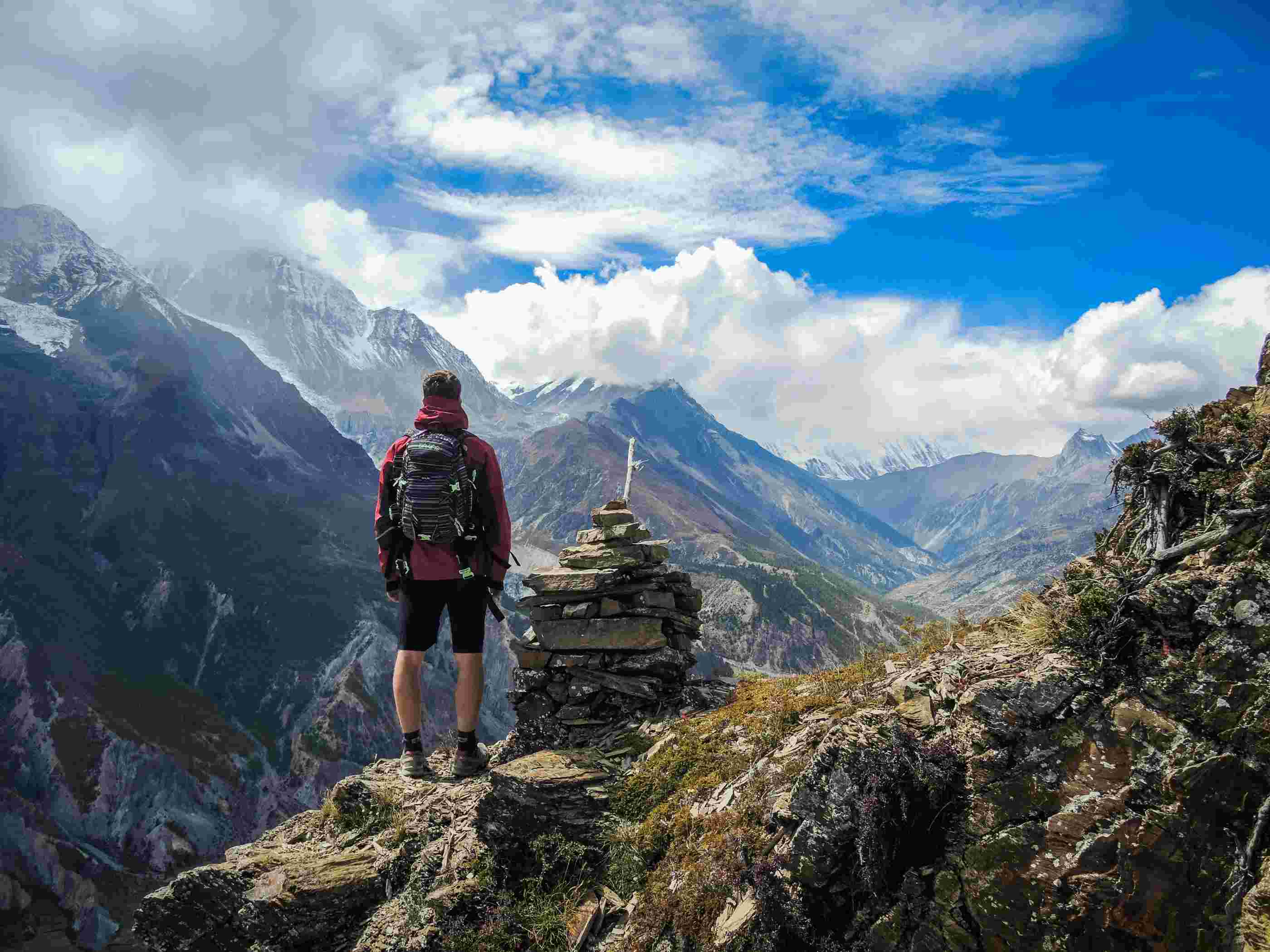

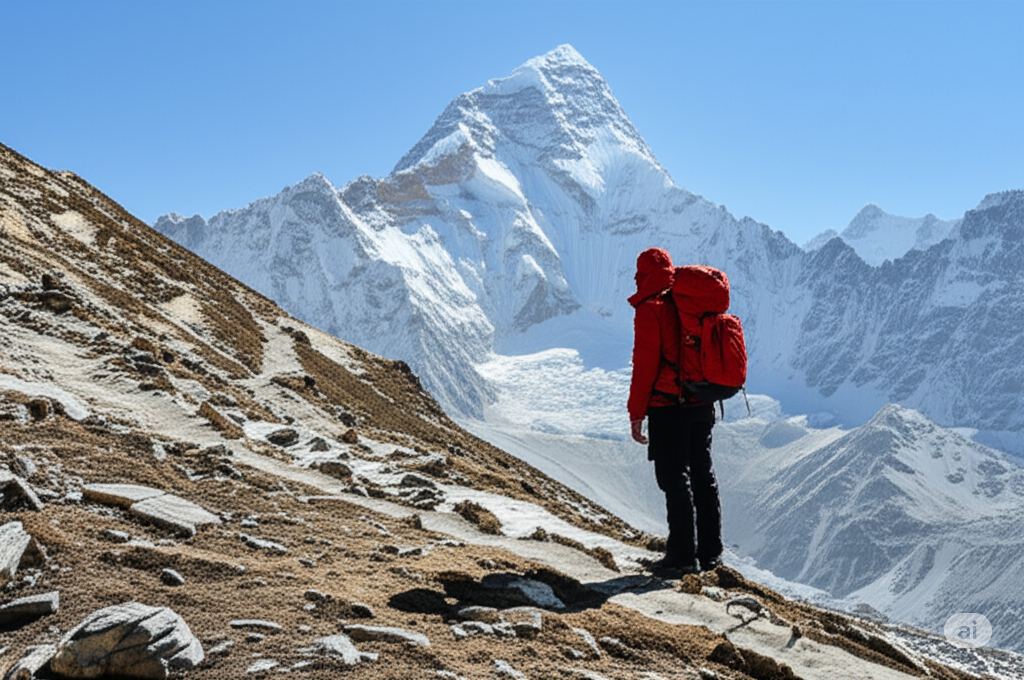
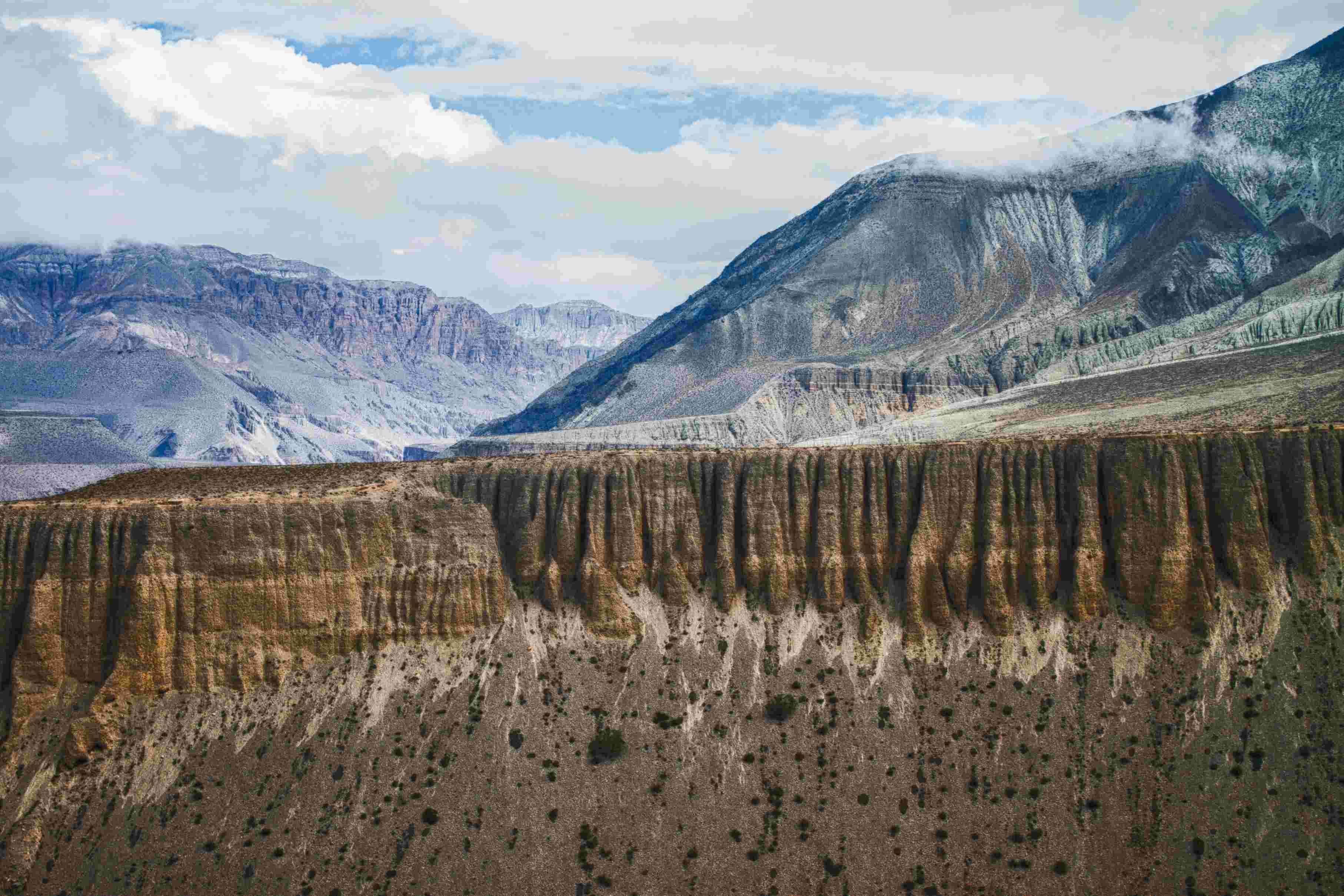


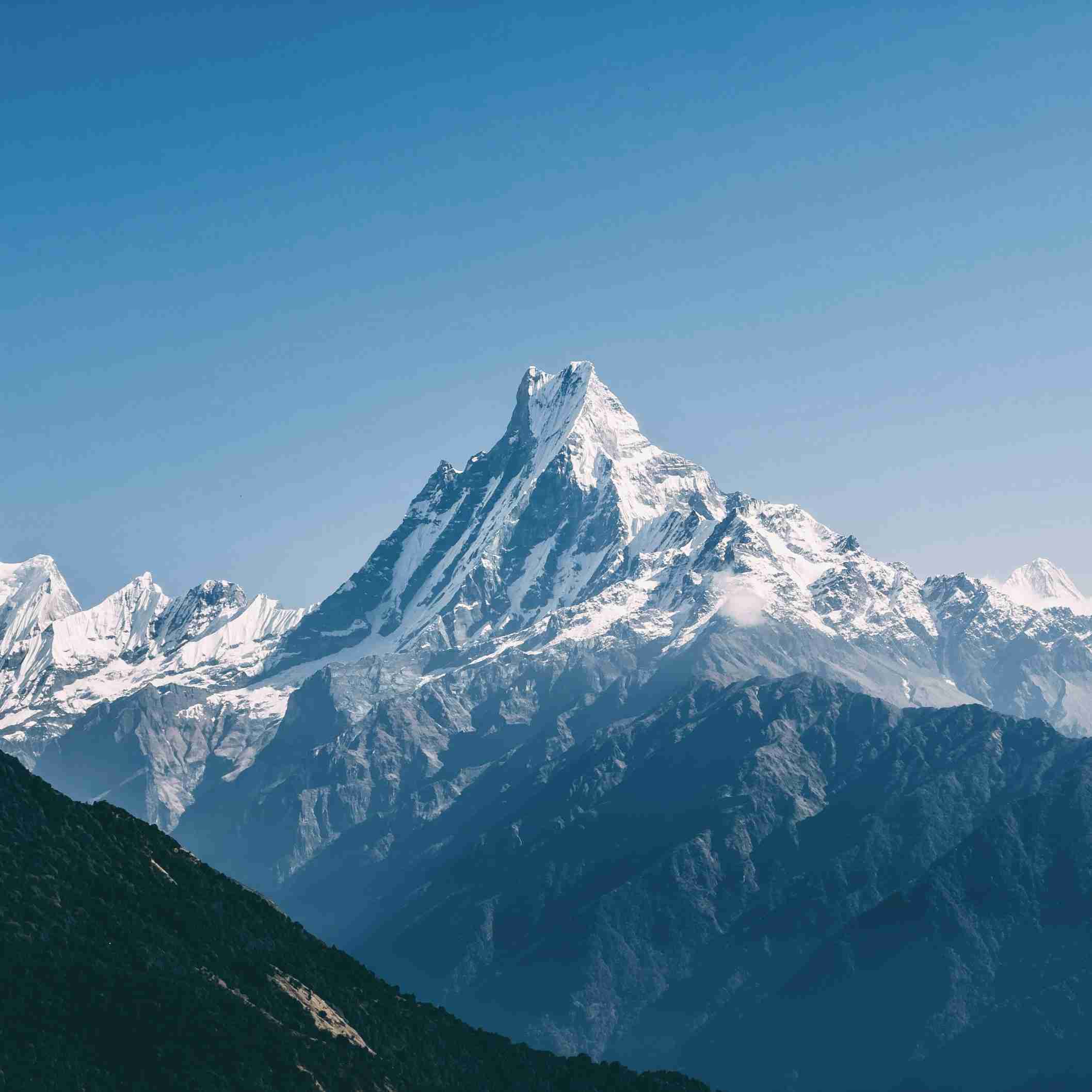
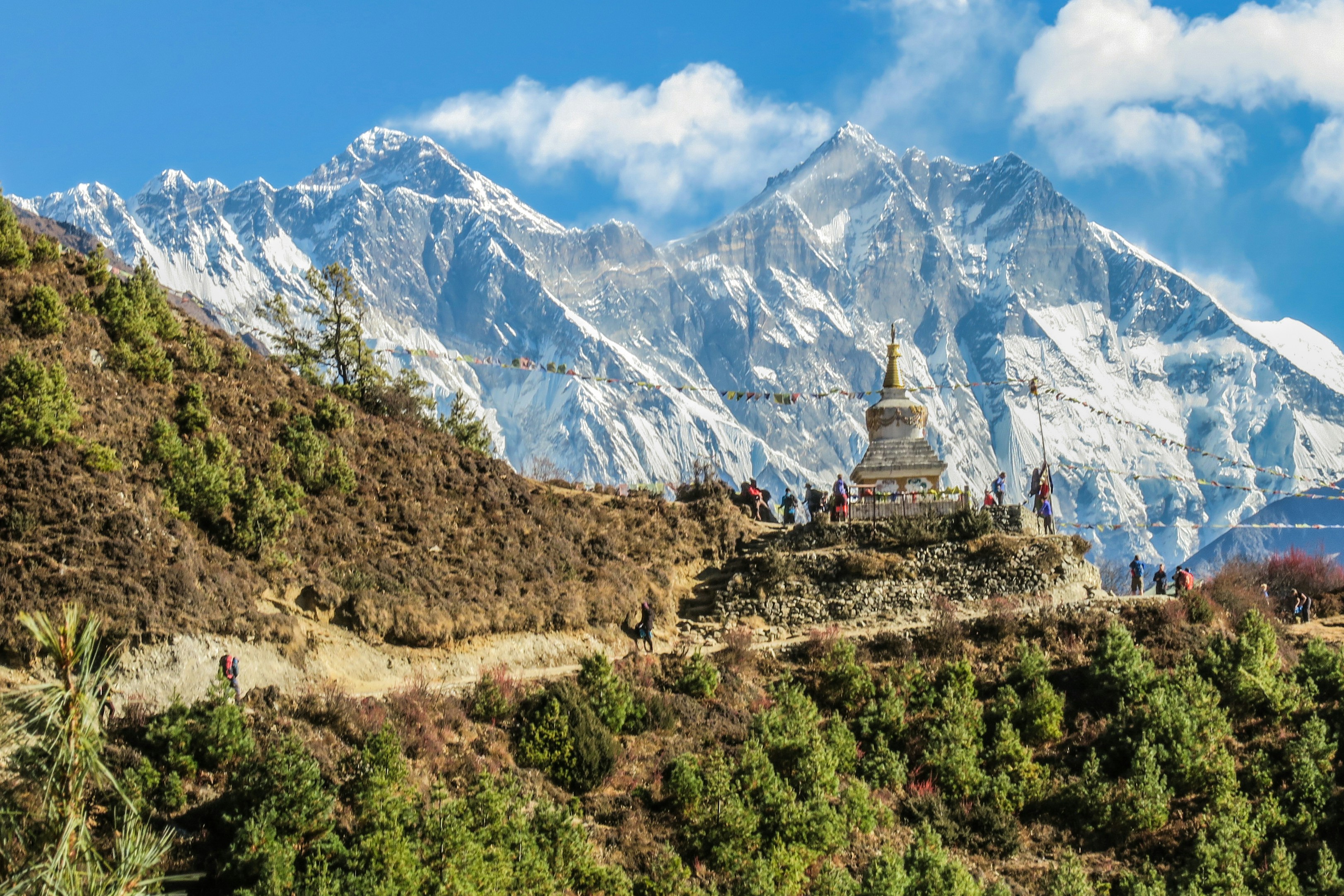
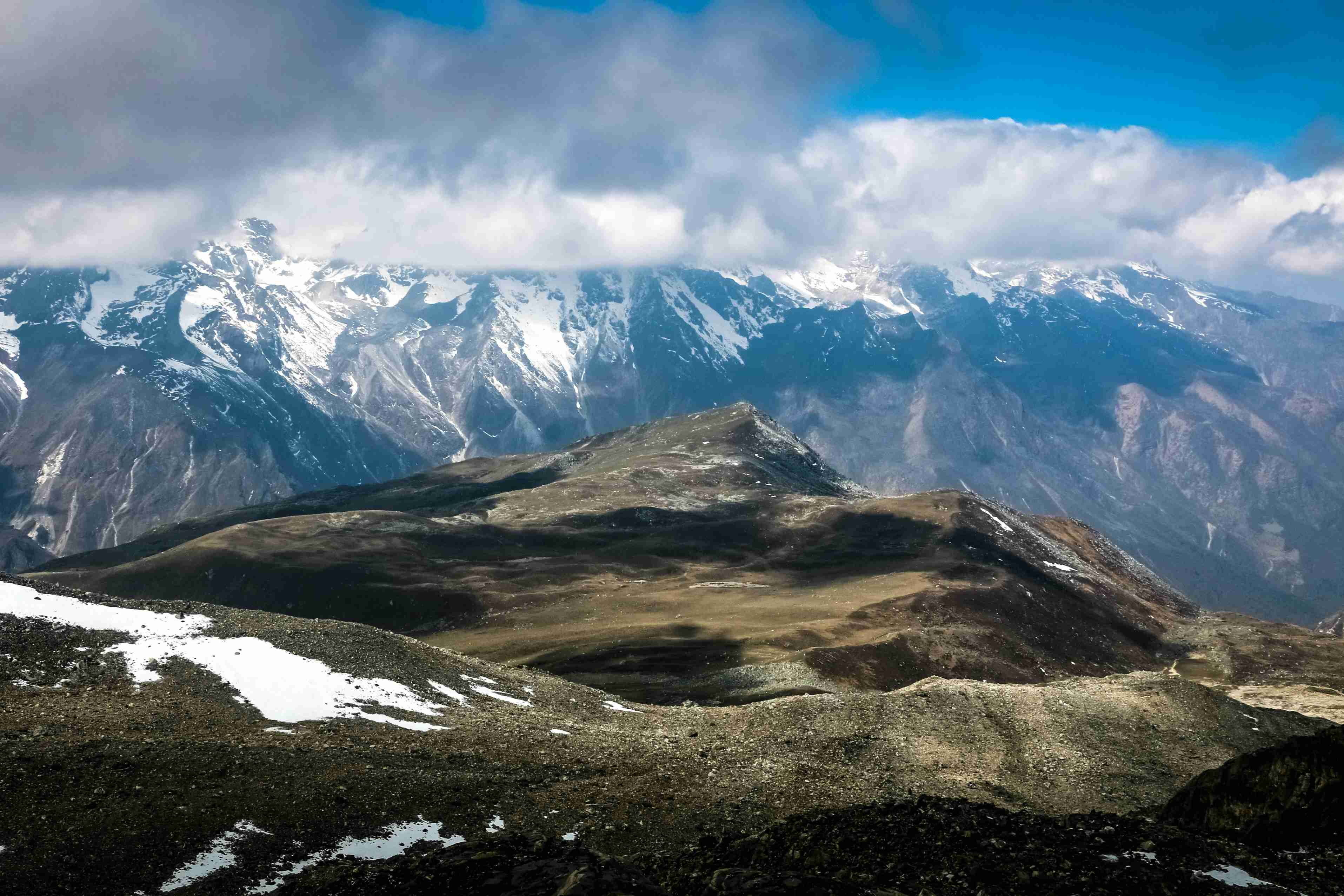

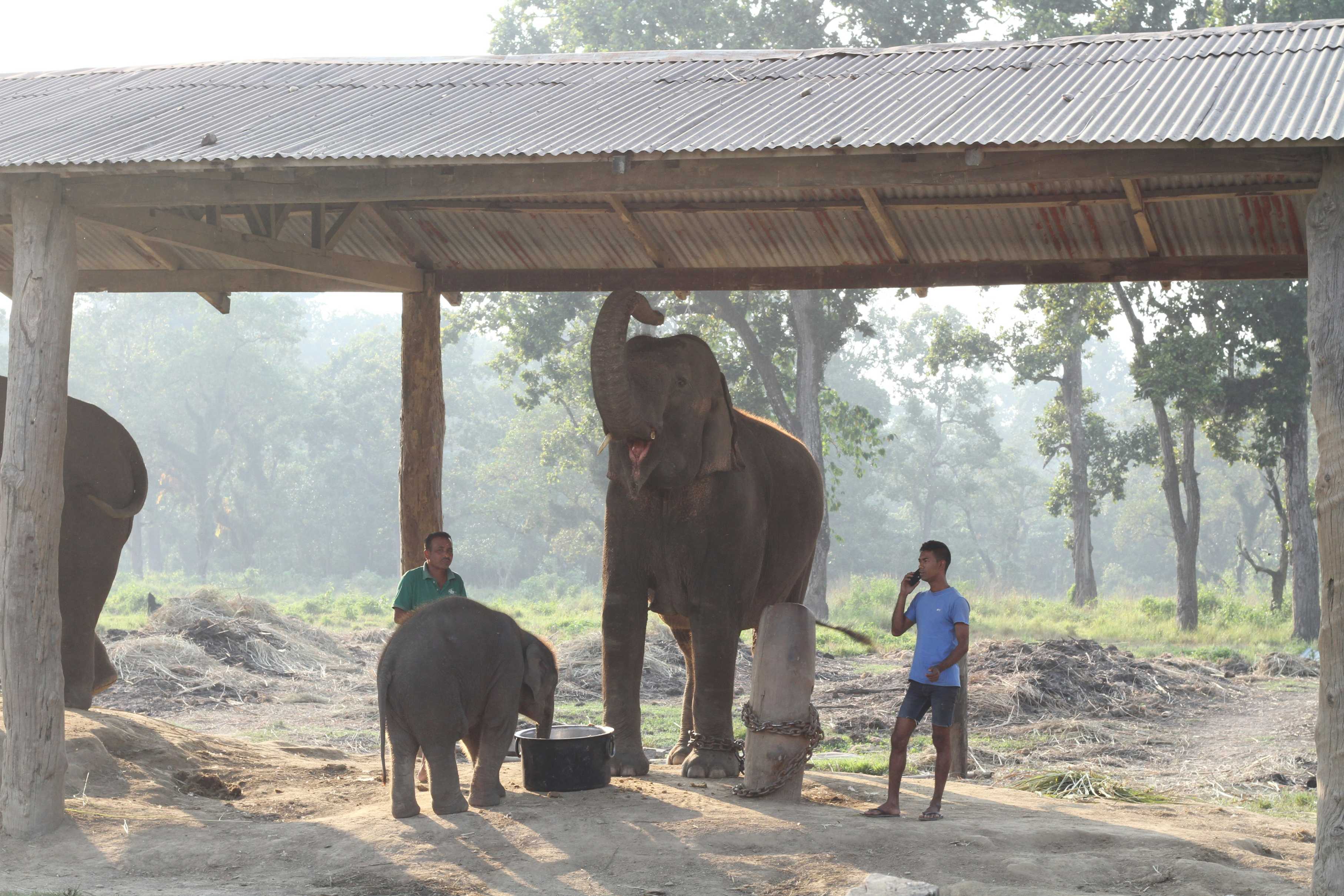
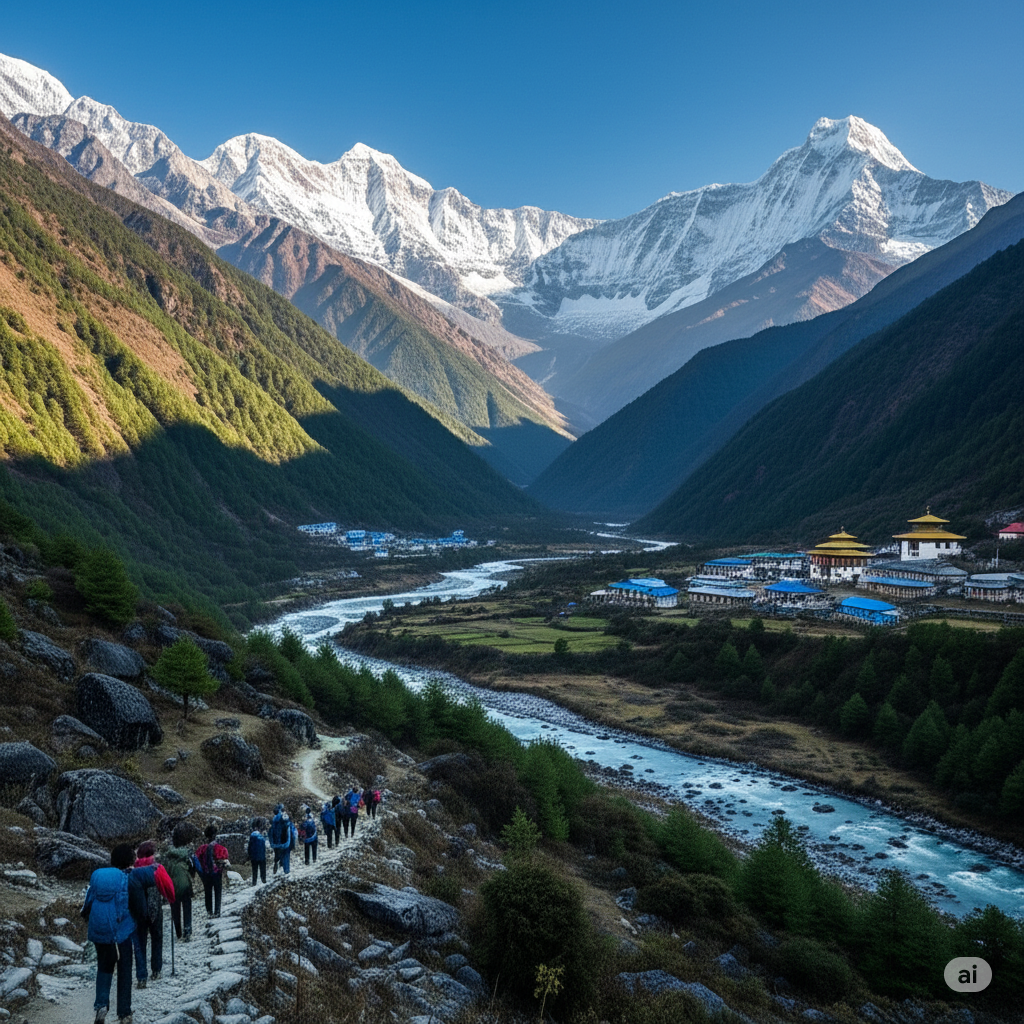
Comments
LOGIN TO POST COMMENT